Coxsackie Viruses belong to the group of human enteroviruses, which are mainly flu-like colds, viral meningitis and painful Cause inflammation of the mouth and throat. Due to their cardiotropic effects, myocarditis or pericarditis are common side effects of this infection. The virus reservoir is the human being, the transmission takes place faecal-oral or via droplet or smear infection.
What is the Coxsackie Virus?
Coxsackie viruses are spherical bare RNA viruses that belong to the group of enteroviruses in the family Picornaviridae and are divided into two strains (A and B). Like all human enteroviruses, they are relatively environmentally resistant, which makes their spread comparatively easy.
Coxsackie viruses can be found all over the world and are transmitted faecal-orally as well as via droplet or smear infection directly from person to person. Indirect transmission is possible through contaminated objects or contaminated food.
The name goes back to the place Coxsackie near New York, where the pathologist and virologist Gilbert Dalldorf first described these viruses in 1948.
Occurrence, Distribution & Properties
Sick people and germ carriers excrete the Coxsackie virus in their stool, whereby the excretion can last for several weeks. Infection occurs directly from person to person or indirectly via contaminated objects on which the viruses can survive for a longer period of time. Infection is also possible through contaminated water and contaminated food.
For people with a healthy immune system, however, these viruses pose only a minor risk, because over time a strong adaptation to the human reservoir host has taken place, which has resulted in a certain immunity.
The incubation period is seven to 14 days, but a latency period of two to 35 days is also possible. Healthy people who come into contact with sick people can become infected two to three days before the disease noticeably breaks out. There is also a risk of infection during the entire duration of the clinical symptoms.
Coxsackie viruses are widespread around the world, but these viruses are more common in countries with socio-economic living conditions than in highly developed industrialized countries. The main reasons are contaminated water and poor hygiene. In latitudes with moderate climatic conditions, Coxsackie infections predominantly occur in summer and autumn. The most effective prevention options are regular hand washing and efficient hygiene measures.
Illnesses & ailments
Like all human enteroviruses, Coxsackie viruses mainly cause infections without a clear association with specific diseases, because the viruses are able to trigger a wide range of symptoms that can indicate both Coxsackie A and Coxsackie B infections, as the symptoms are largely identical in both types of infection.
In 60 percent of people, however, a Coxsackie infection is asymptomatic, as there are no symptoms and the viruses are excreted in the stool unnoticed. Herpangina, an inflammation of the oral mucosa, is associated with a high fever and general flu-like symptoms.
Diseases of the respiratory tract make themselves felt as coughs, sore throats and dry coughs. The affected regions in the pharynx are reddened and have light-colored vesicles. When they burst, small round ulcers with a red halo form that heal within three to four days.
The so-called hand, foot and mouth disease is noticeable through red-lined blisters on the feet and hands. Pseudoparalysis, runny nose and painful stomatitis in the area of the tongue, palate and gums also indicate a type A infection.
Like echoviruses, Coxsackie viruses also exert cardiotropic effects that can cause pericarditis and myocarditis. Another side effect is myalgia epidemica, which causes pain in the chest, pleura and upper abdomen. It is also known as Bornholm's disease. The onset of the disease occurs suddenly and manifests itself as fever, chills, vomiting, nausea and diarrhea. Difficulty breathing, a tendency to collapse and headaches can occur.
More rare diseases are pancreatitis, testicular inflammation and conjunctivitis. Both types of virus can cause type 1 diabetes mellitus. Severe systemic diseases such as palpitations, blue rash, shortness of breath, pericarditis and myocarditis are possible in newborns.
The pathogen is detected by examining stool, throat rinsing water, conjunctival swab (conjunctival swab) and liquor. A differential diagnosis must be made for several diseases that are associated with symptoms similar to those of Coxsackie virus infection.These include arbovirus infections, meningitis after infection with other enteroviruses, inflammation of the oral mucosa, Pfeiffer's glandular fever, appendicitis and pancreatitis.
Other diseases with similar symptoms are rheumatism, gallbladder inflammation, echovirus diseases, lumbago, tuberculous meningitis, pneumonia and various heart diseases. In the case of painful symptoms that last longer than two days, a doctor should be consulted in order not to spread the virus infection and to rule out similar diseases.
Therapy is carried out with analgesics and antipyretics. If the disease progresses more difficult, the doctor prescribes gamma globin preparations. These are immunoglobulins (antibodies) that are primarily effective against bacteria and viruses. These antibodies are preferably produced from convalescent sera. These blood sera are obtained from people who have just survived an infectious disease and whose blood has the necessary antibodies for successful treatment. This treatment achieves passive immunization of the patient.
Supportive therapy can be carried out with the homeopathic remedies Mercurius corrsivus, Acidum muriaticum and Rhus toxicodendron. These associated single remedies act against skin rashes and painful blisters and redness in the throat and throat.

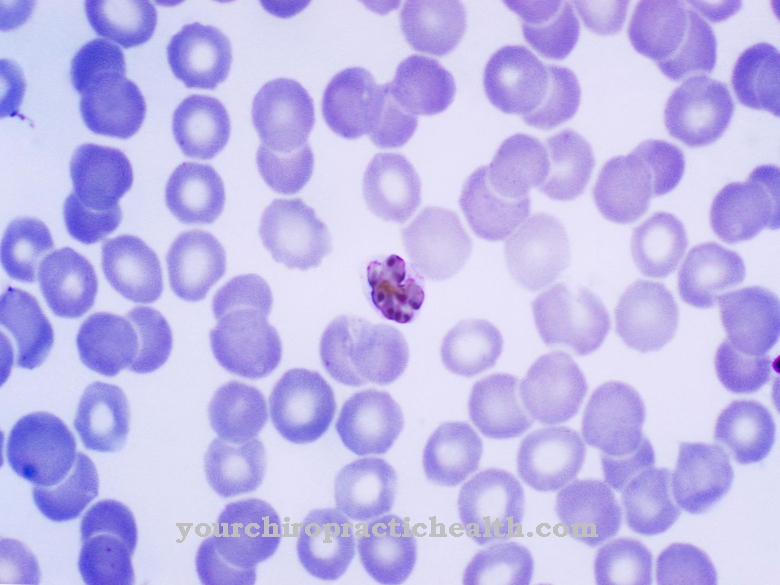

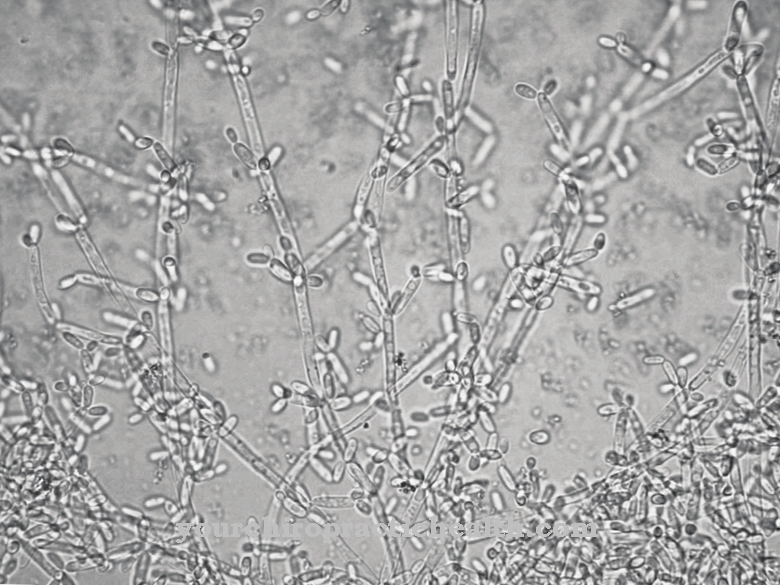
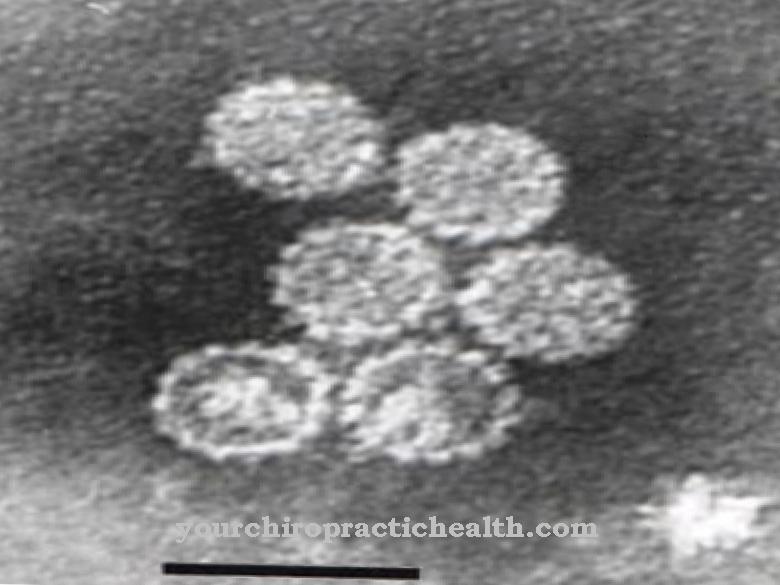
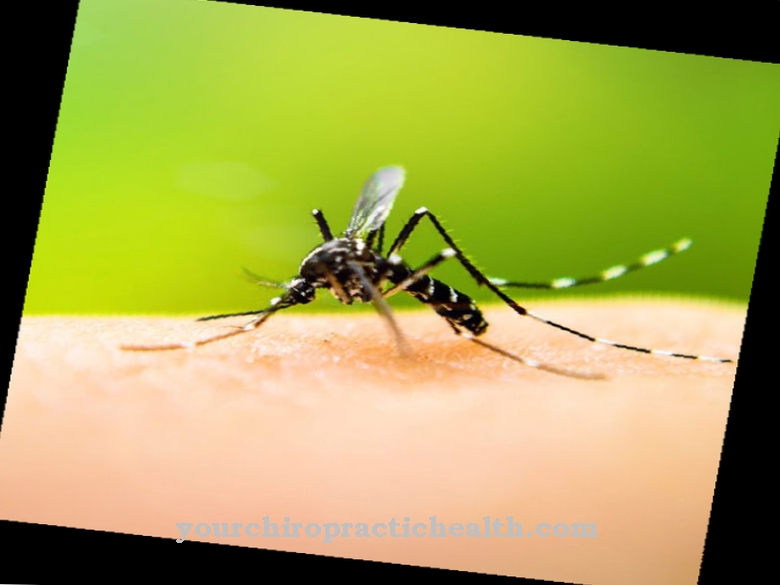
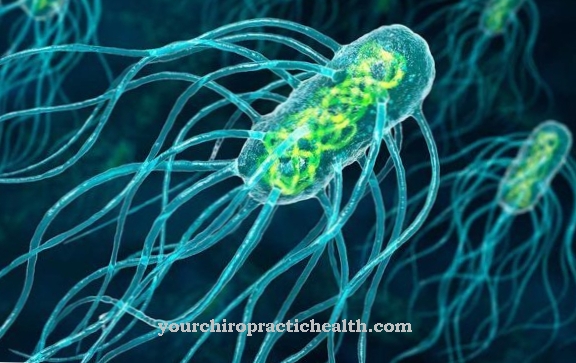



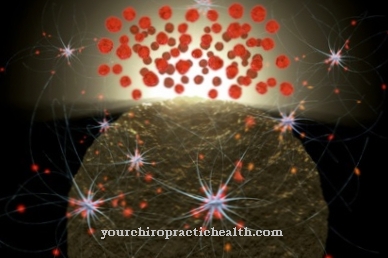

.jpg)



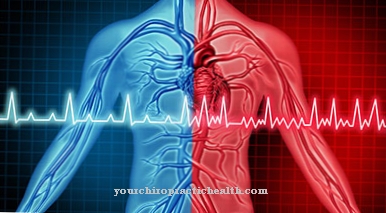


.jpg)

.jpg)
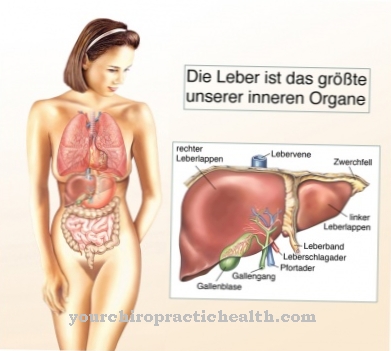

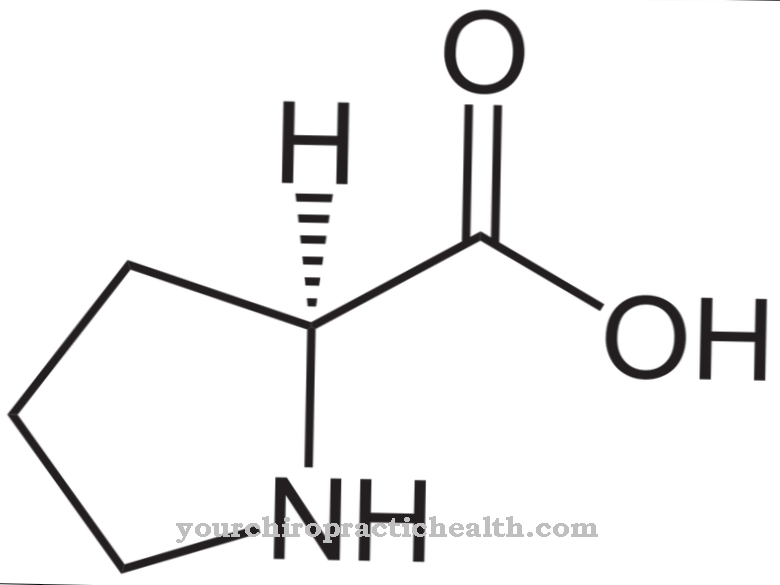

.jpg)

